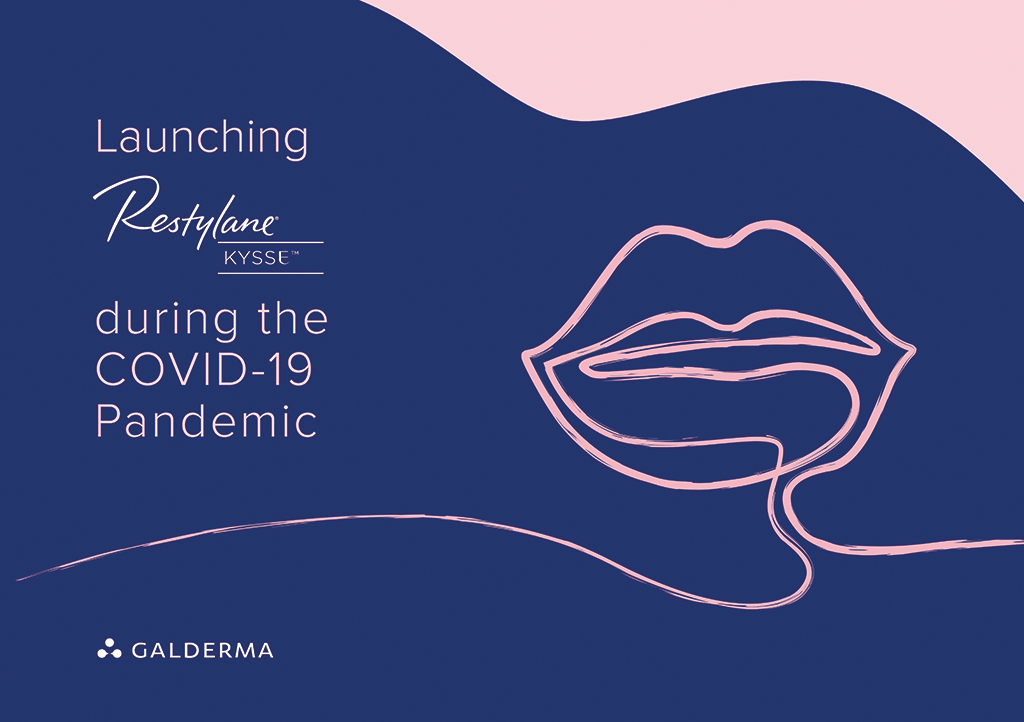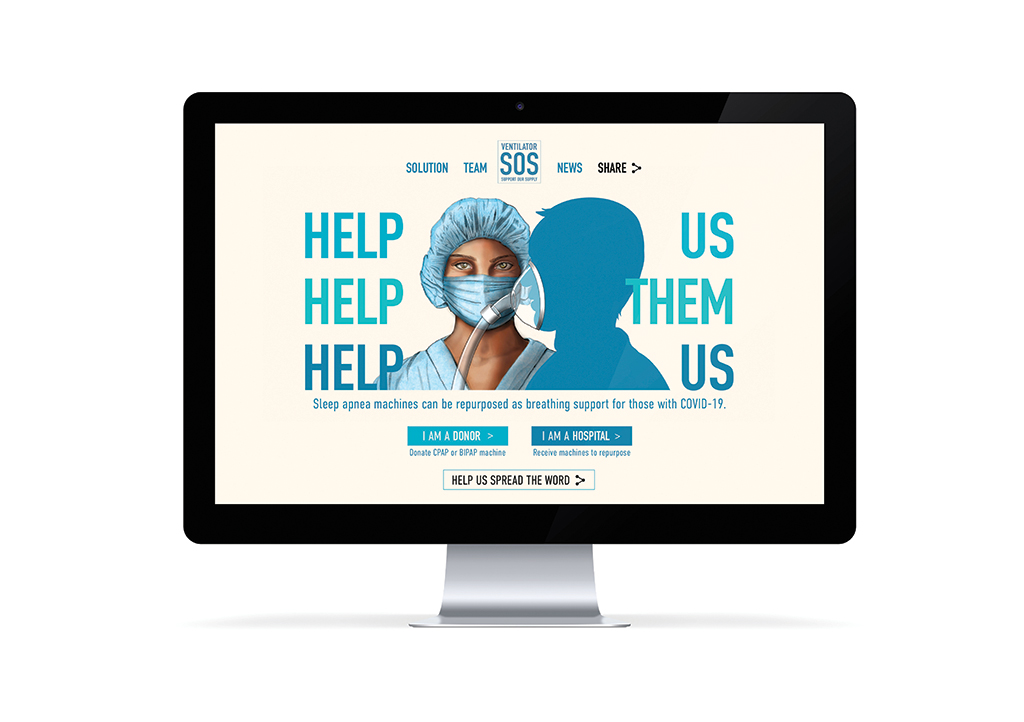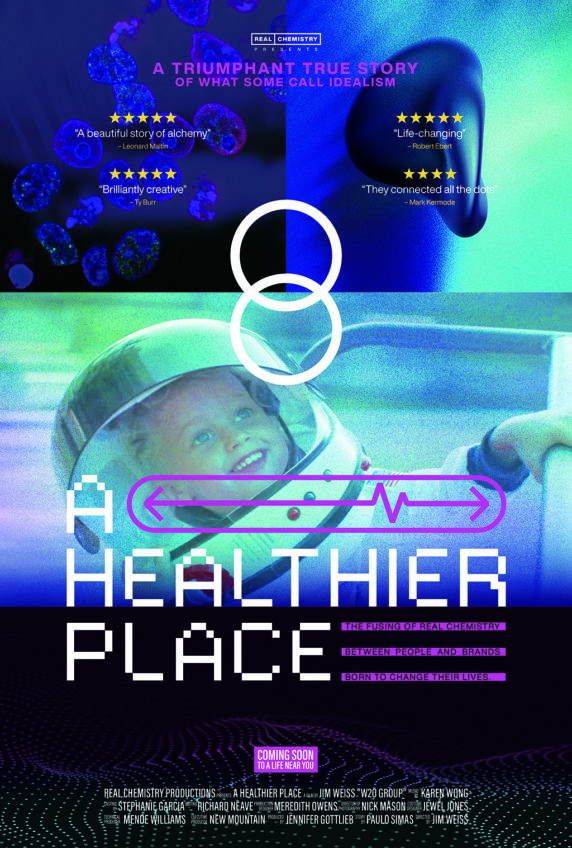
Click here for the Director’s Cut
Just prior to shutdown in March 2020, as Real Chemistry founder and CEO Jim Weiss and global president Jennifer Gottlieb assessed the months ahead, Weiss made a prediction that they eventually shared with the other 1,000 or so staffers at the agency then known as W2O. “I told them, basically, that we’d go into this thing one way and come out of it another,” Weiss recalls.
In a year of bungled forecasts and on-the-fly adjustments, that prediction holds up quite well — perhaps better than Weiss anticipated at the time. At the end of 2019, W2O counted 926 people under its roofs and North American revenue of $200 million. By the end of 2020, those totals had swelled to 1,519 people and $334 million, respectively. By early April, with head count up to 2,100 following an early-year hiring binge, Weiss had made another prediction: That $500 million in revenue wasn’t out of the question for 2021.
The latter forecast was shared during a briefing on another seismic change: the rebranding of W2O as Real Chemistry. The move was made to better position the company to serve healthcare companies in the wake of the destruction and disruption wrought by COVID-19.

“Adding all these new people and capabilities and entities has been strategically and methodically curated, but the concept of collaboration and integration and connecting the dots — getting people to see one mission and dream together — the rebranding helps do that,” Weiss said at the time, describing his vision of the company as an operating platform of sorts. “It galvanizes people and brings them together. You can have all the technology and data in the world, but you need something to unite them.”
So to parrot Weiss’ original prediction, W2O went into 2020 as a thriving, respected organization plying its trade alongside Pfizer, Johnson & Johnson, Genentech and AstraZeneca, and emerged during the vaccination phase of the pandemic as Real Chemistry. In between, it went on an acquisition binge, adding creative shop 21Grams; healthcare-specific social media analytics platform Symplur; payer space advisory firm Discern Health; HEOR consultancy Elysia Group; influencer marketing agency Starpower; and machine learning specialists Swoop and IPM.ai.
Several of the company’s established brands, including W2O and 21Grams, remain under the Real Chemistry banner, though the organization operates as a single P&L. To hear Gottlieb tell it, no other solution was considered.
“When you buy companies in the middle of a pandemic, while you’re all virtual and all on Zoom, it’s imperative that you come together under ‘one team, one dream,’” she explains. “We all took our names off the door and became Real Chemistry as one.”
It’s hard to chronicle the company’s personnel additions without leaving somebody out, but they included former agency chiefs such as Merkle Health leader David Magrini (now president, CRM and marketing solutions) and Deloitte Digital U.S. practice lead for advertising and experience for life science clients Larry Mickelberg (now group president, technology and engagement), creative giants (co-global chief creative officer Tom Richards, plucked from Havas Lynx) and digital seers (chief digital officer Jo Ann Saitta, hired away from Omnicom Health Group). Real Chemistry also appointed its first-ever chief experience officer (Julie Adrian, formerly of Syneos Health) and chief data officer (Seth Duncan, previously W2O’s chief analytics officer and current co-chair of the Advertising Research Foundation’s pharma council).
Partnered with the external chaos, all the internal change made for quite the lively year. That said, Real Chemistry was more than comfortable with the pace.
“The year 2020 was vision becoming reality very, very quickly,” says group president, managing partner, 21Grams Bob Blink. “We’re changing and learning so fast, you almost have to look at it in three-month increments.”

New business arrived at a steady clip throughout the year, with Real Chemistry adding assignments from a range of clients in a range of different spaces: Cognoa (behavioral health platform), Adaptive Biotechnologies (what the company calls “immune medicines”), Nevro (devices), Ardelyx (biotech), Dova Pharmaceuticals (rare disease/clinical stage) and Apellis Pharmaceuticals (traditional big pharma).
“Every single account we acquired in 2020 is an integrated account. We’re always working across every discipline and service within Real Chemistry,” notes group president, 21Grams Wendy Levine. “It’s so seamless that oftentimes clients don’t know where everything is coming from.”
Gottlieb says the offering has resonated with clients, especially as they’ve attempted to navigate everything the pandemic has thrown at them. “Clients aren’t always looking to go out and find new partners. They want that one-house approach,” she explains.
As for the work itself, Real Chemistry remains the rare organization as well-regarded for its quote-unquote traditional creative as for its digital work, data and analytics offering and communications apparatus. The company’s goals, however, transcend typical brand and awareness metrics.
“I love to see the work that we do and not think of it as specifically ‘work in health,’” says global co-chief creative officer Frank Mazzola. “On the advertising side, it’s no longer about an interruption between the thing you’re doing and the thing you want to finish. It’s about creating things people want to look for.”
Weiss agrees, adding, “With our work and with [the Real Chemistry rebranding], the feedback’s been excellent. It’s causing all the right discomfort and head-scratching.”
Beyond the aforementioned prediction about reaching $500 million, Weiss doesn’t seem to have many boxes left to tick off during the months ahead. Real Chemistry will likely continue with its aggressive acquisition strategy, whether to fill a need or solidify an existing offering, and open its doors to a few hundred additional people. Weiss also teases an even bigger structural change: “I don’t know what the future brings in terms of whether you stay private or go public, but that’s something that could happen.”
In other words, the pace of change isn’t likely to slacken anytime soon. “We haven’t been the same thing for any six months since you first met us, and we never will be,” Weiss says. “The goal is always to be a partner to the industry and shepherd companies into this new era that the pandemic has accelerated.”
He’s clearly not overburdened by the pressures that come with Real Chemistry’s growth. “We just need to keep it real. You build a great business and all the rest follows.”
. . .
The idea I wish I had…
Nike’s You Can’t Stop Us campaign deserves to be remembered for a long time. At the height of the pandemic, when we felt most defeated, it captured our collective resilience in a genuine, non-pandering way — which is where most brands fell short. It showed that, even apart, we were together and wouldn’t be stopped. The split-screen editing technique was so perfect, it was like magic. A health brand could have done this, but Nike did it. Nike always does it. It’s our turn. Medicine should be more inspiring than sneakers. — Frank Mazzola
From the June 01, 2021 Issue of MM+M - Medical Marketing and Media







